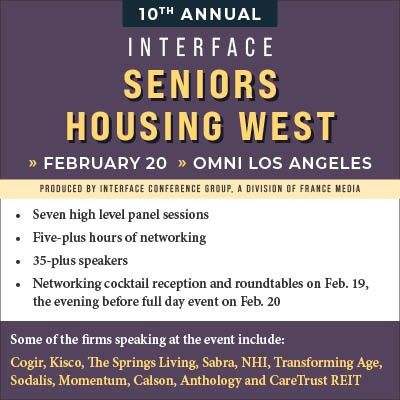Last week I came across an interview in with Jay Elliott a Silicon Valley entrepreneur who used to work directly with Steve Jobs and who recently published a book about his time at Apple (Article Here). When asked about the lessons he learned from Steve Jobs he responded that, while Jobs is passionate about cutting edge technology, his foundation is the customer.
The crucial driving question is, “How much effort does it take from the user to make this thing work?” The fundamental concept is that, no matter how great an idea is, you have to ask if the product or service actually benefits the customer in the real world. At the end of the day will the customer be delighted with what they bought? This article got me wondering how user friendly senior housing communities, from,skilled nursing to independent living, are. At the end of the day, as the residents are falling asleep, are they pleased, even delighted, with the experience of living in their particular community? This is a complex question. In the world of Apple it is simple to figure out who the customer is: the person who uses the device. In senior housing it is much more complex. For instance, at Vigil Health Solutions we sell emergency call systems.
Unlike Apple, our customers; in other words, those who make the buying decision, are rarely, if ever the end users. The care givers and residents who will actually use the system have no input into what is being bought. This means that we have to work much harder to ensure we understand the needs of the end user and the user experience is great. It gets still more complicated when residents choose a senior housing option. The end user, the resident, may completely control the decision or have little to no role in the decision-making process, depending on level of care, financial resources and family dynamics. At first glance it would be easy to conclude that the resident is the customer, and in a very real sense that is true. This means that each community needs to assess the resident experience by first asking the question, “Are we providing the right services at the right time in the right way?” Then we must get it really right, and realistically assess the customer perception. Does the resident understand you are providing the right services, in the right way at the right time? This is a more challenging problem, but solvable. In many cases there is a secondary customer, who in fact may be the primary decision maker even though they are not the direct user. This is ofter a family member or members. If the care is being provided at the right level, the right time and in the right way, the family needs to understand this and, more importantly, they need to believe it. They need to believe in you. They need to believe that you, as the provider, while wanting to make a profit are also concerned with their loved one.
The specifics of how to accomplish this will vary considerably based on location, community culture and level of care, but if, each day, community leadership renews their commitment to creating a great customer experience, the specifics will fall into place.






